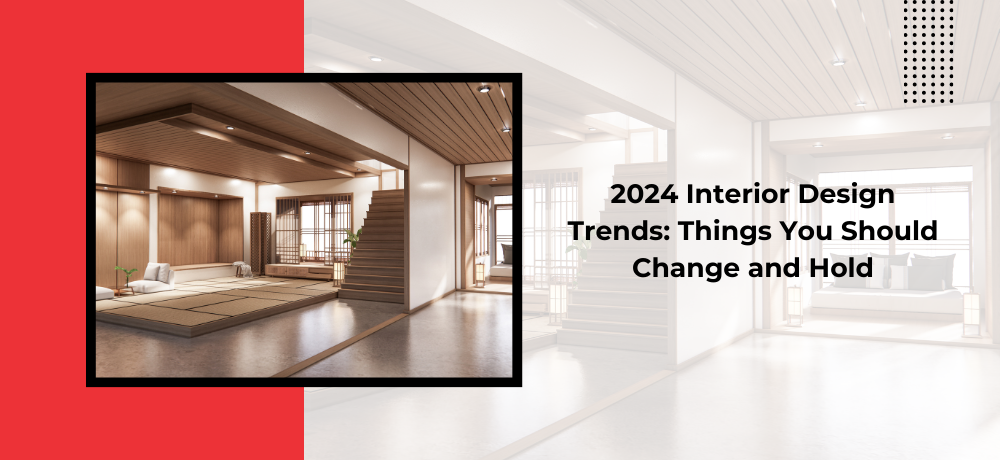Eight Reasons Why Good Architecture Is Important
When envisioning your dream home or embarking on a renovation project, it's easy to get caught up in the excitement of design ideas and interior aesthetics. However, before diving into the world of construction, it's crucial to recognize the significance of good architecture. In this blog, I'll delve into the eight compelling reasons why good architecture is paramount and how Civilcan Engineering Inc. can help you achieve it.
Functional Excellence: The Backbone of Architecture
Good architecture serves as the backbone of functionality within the built environment. It's not just about creating visually pleasing structures but also ensuring that they fulfill their intended purposes efficiently and effectively. Architects carefully consider the needs and requirements of the occupants, whether it's a residential home, a hospital, or a commercial office space. They design layouts, spatial configurations, and systems that optimize functionality, promoting ease of use and enhancing the overall quality of life.
Aesthetic Significance: The Artistry of Architecture
Architecture is often regarded as a form of art. It's a powerful means of expressing creativity and beauty in the built world. Good architecture goes beyond mere utility; it captivates our senses and emotions. Visually striking buildings, thoughtfully landscaped public spaces, and innovative designs can inspire, provoke thought, and evoke emotions. This aesthetic appeal contributes to a sense of identity and pride within communities, impacting our culture and society.
Cultural Heritage: Architecture as a Time Capsule
Architecture serves as a time capsule of culture, history, and societal values. It reflects the evolution of human civilization, bearing witness to different eras, styles, and architectural movements. A structure's design elements, materials, and architectural styles often carry profound cultural significance. Preserving and respecting architectural heritage is vital for connecting with our past and preserving our cultural identity, reminding us of where we come from and where we're headed.
Sustainable Practices: Architecture for a Greener Future
In the era of environmental consciousness, sustainable architecture plays a pivotal role in reducing our ecological footprint. Architects prioritize environmentally friendly practices, incorporating energy-efficient technologies, renewable materials, and green building techniques. Sustainable architecture lowers energy consumption and minimizes the environmental impact of construction and operation. It's a crucial aspect of addressing climate change and fostering a more sustainable future for generations to come.
Human-Centric Design: Architecture for Wellbeing
Architecture directly impacts human well-being. Well-designed spaces have the power to enhance mental and physical health, boost productivity, and improve overall quality of life. Thoughtful considerations such as access to natural light, proper ventilation, ergonomic layouts, and acoustics contribute to creating spaces promoting health and comfort. Architects, therefore, act as stewards of human well-being, designing environments that support our physical and emotional needs.
Safety and Resilience: Protecting Lives and Property
Ensuring the safety and resilience of structures is a paramount concern in architecture. Architects meticulously plan and design buildings to withstand natural disasters, fires, and other emergencies. Through careful selection of materials, structural engineering, and adherence to building codes and safety standards, architecture plays a critical role in safeguarding lives and property. This resilience is especially vital in regions prone to natural disasters.
Community Engagement: Architecture that Fosters Connection
Architecture isn't limited to individual structures; it also shapes our communities and social interactions. Well-designed public spaces, parks, community centers, and urban landscapes encourage social cohesion and community engagement. They provide gathering places for people to connect, share experiences, and build a sense of belonging. Architects play a pivotal role in creating environments that facilitate meaningful social interactions, contributing to the vibrancy and health of communities.
Economic Implications: Architecture as an Economic Catalyst
Architecture has far-reaching economic implications. Well-designed and visually appealing buildings can attract businesses, tourists, and investments to an area. This, in turn, stimulates local economies, creates job opportunities, and enhances property values. The economic benefits of architecture extend beyond aesthetics; they include the revitalization of neighbourhoods, increased tourism revenue, and the growth of industries related to construction and design.
Good architecture is the cornerstone of a successful building project. It combines aesthetics, functionality, safety, and compliance to create spaces that enrich lives and hold their value. At Civilcan Engineering Inc.
, we're passionate about turning architectural dreams into reality. Reach out to Civilcan Engineering Inc.
today, and let's embark on a journey to create spaces that inspire and endure.
Get in touch with us today!
To learn more about the services we offer, please click here. To contact us, please click here
or call us at (416) 890-9048.










